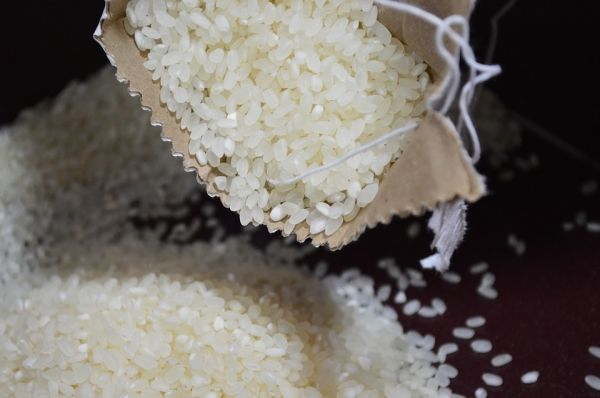Rice coproducts in pig diets add fat and fiber, but too much fiber can decrease energy absorption and digestibility. A recent study from the University of Illinois characterizes the chemical composition of fiber in rice and rice coproducts, which could lead to diet interventions for improved digestibility.
“Because of rice fiber’s low fermentability, there’s a high upside potential for increased digestibility if we can find specific enzymes that can help degrade those fibers. For pigs, the most important thing is to be able to get more energy out of each ingredient,” says Hans Stein, professor in the Department of Animal Sciences and the Division of Nutritional Sciences at U of I, and co-author of the study published in Animal Feed Science and Technology.
A former doctoral researcher working with Stein, Gloria Casas, analyzed the carbohydrate composition of several ingredients – brown rice, broken rice, full-fat rice bran, defatted rice bran, and rice mill feed – in a laboratory in Denmark. She also evaluated the digestibility of each ingredient by simulating the environments of the pig stomach, small intestine, and large intestine, including fermentability by gut microbes.
Read more at University of Illinois College of Agricultural, Consumer and Environmental Sciences
Photo Credit: lightluna94 via Pixabay


